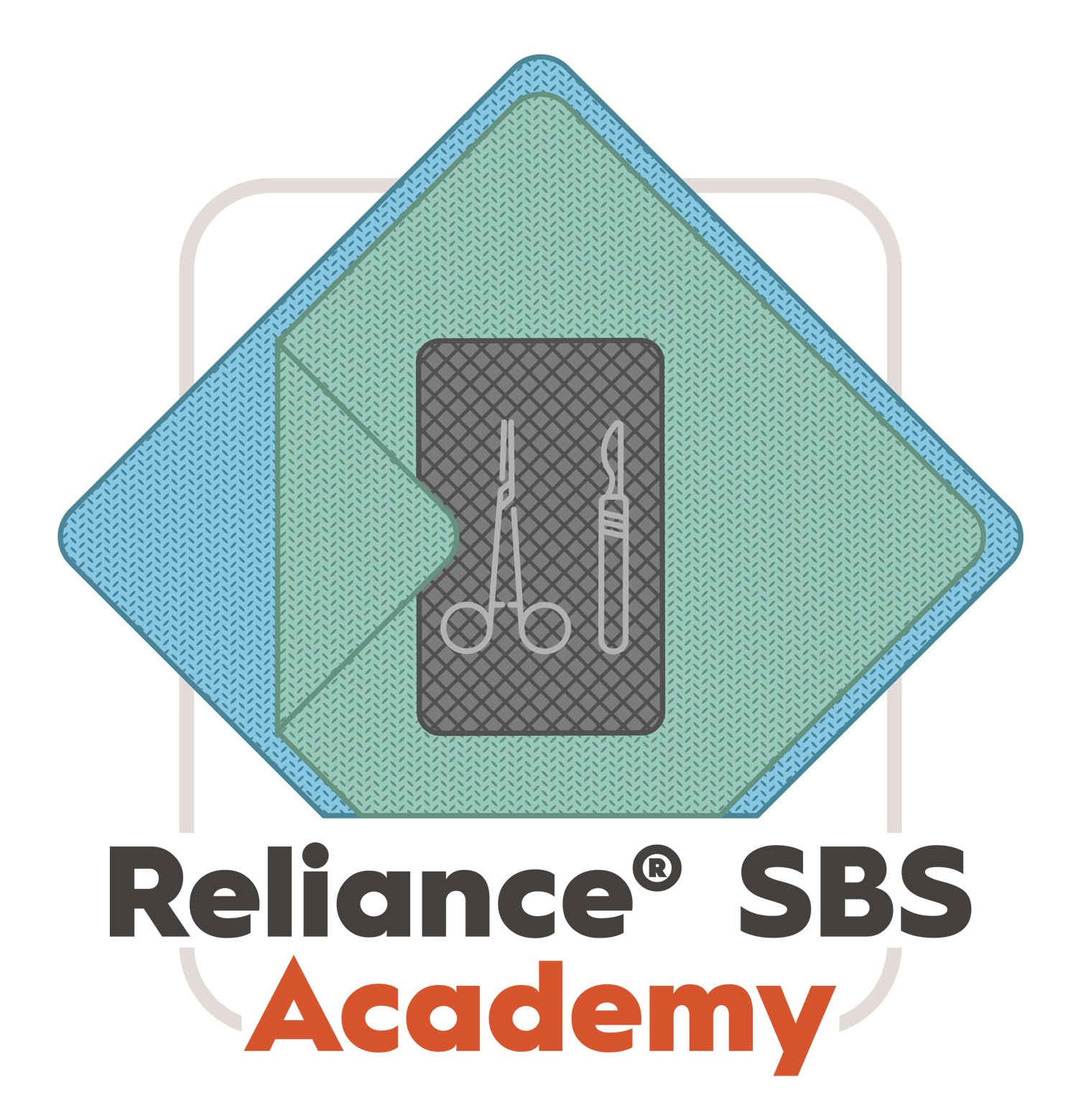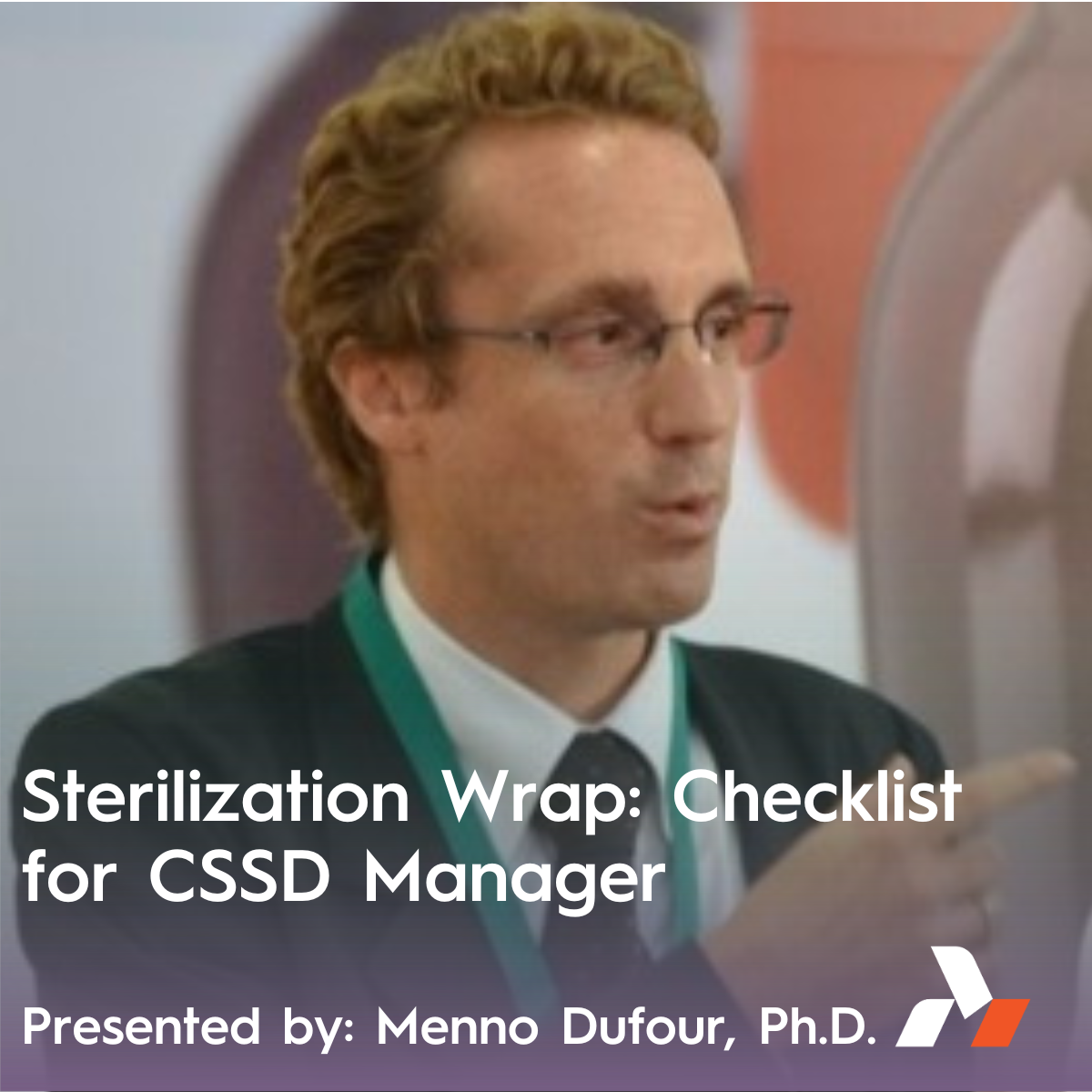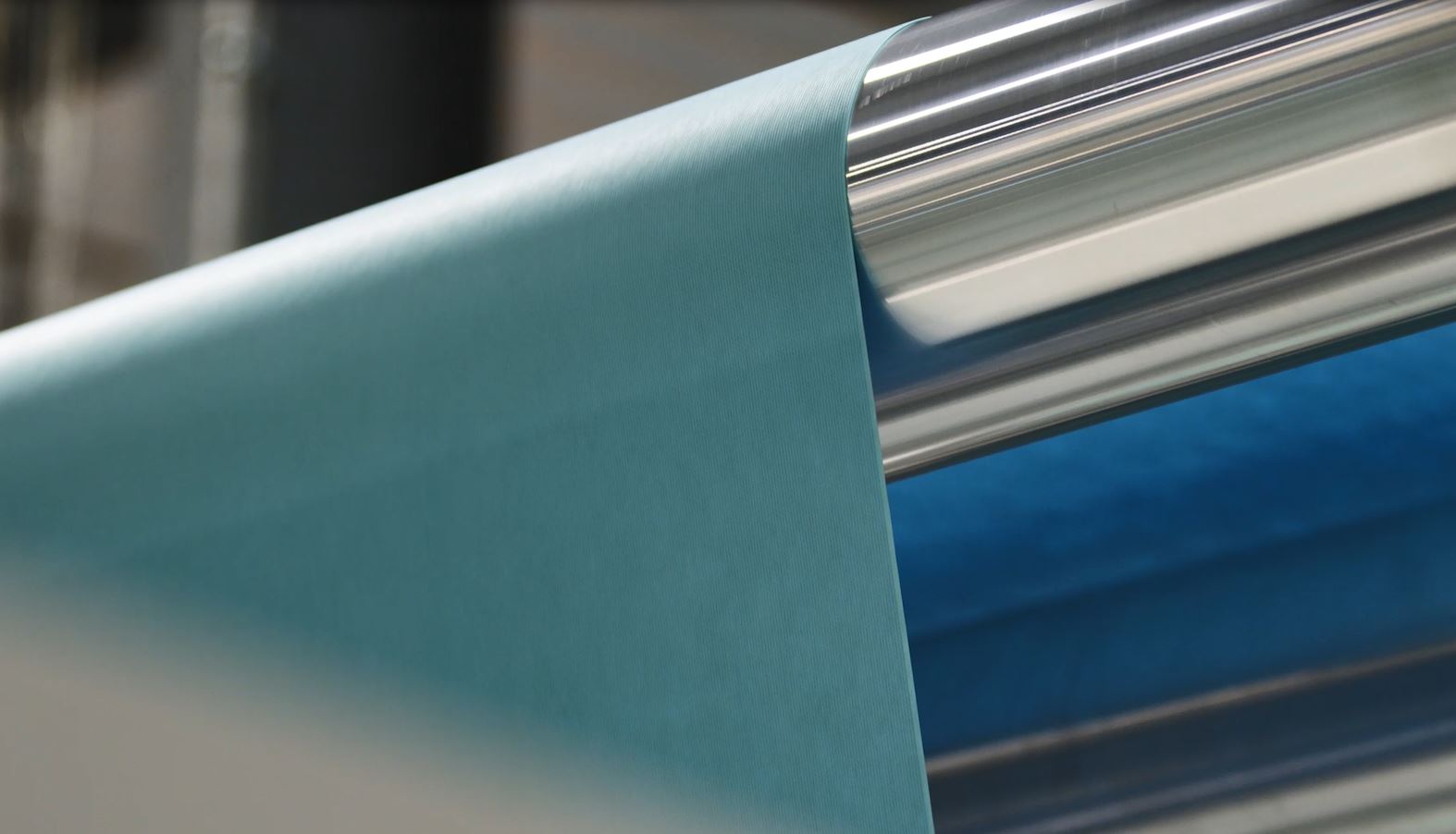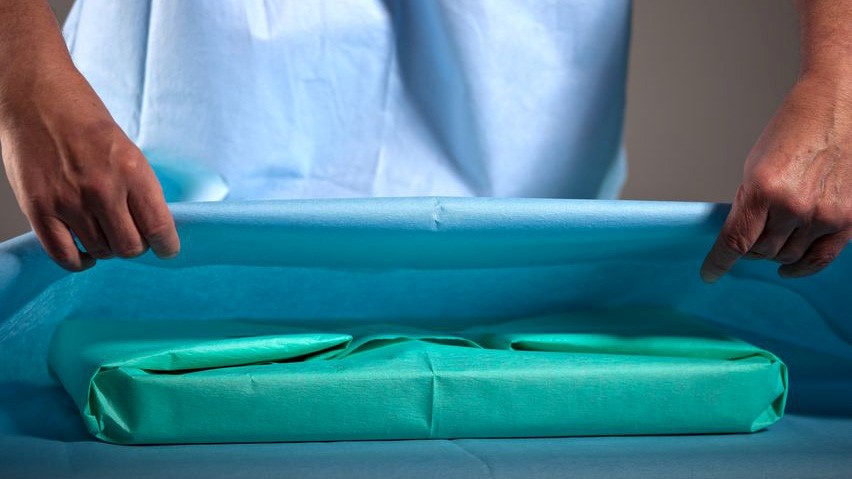Welcome to the Reliance® SBS Academy!
Our range of Reliance® sterilization wraps is developed to maintain the sterility of surgical instruments up to the point of use, playing a key role in the prevention of hospital-acquired infections.


The Central Sterilization Service Department (CSSD) is a critical department in healthcare facilities. It ensures that all surgical instruments, medical devices, and other equipment used in patient care are properly cleaned, disinfected, sterilized, and packaged before being redistributed for use in surgeries, procedures, and other medical applications.
Overall, the CSSD is the backbone of sterile processing in healthcare settings, ensuring that medical staff have access to safe, sterile tools necessary for patient care, playing a vital role in infection control.
The role of a CSSD Manager is pivotal in ensuring the efficient operation of the department, which directly impacts patient safety and the overall quality of healthcare services. When evaluating a new sterilization wrap for your CSSD, implementing a checklist is a smart way to stay organized and make direct comparisons, but what should be considered when developing a checklist?
During the recent 25th WFHSS World Sterilization Congress, our expert Menno Dufour, Ph.D. discussed the multiple factors that need to be kept in mind when developing a checklist for the evaluation of sterilization wraps, to ensure that all medical instruments and equipment are properly sterilized and ready for use.


Reliance® crepe for sterilization wrap, tray liner and overwrap is made with more than 97% of cellulosic fibers and wet strength agents. This technology has excellent barrier properties with moisture absorption capacity.
Read moreReliance® SMS (Spunbond Meltblown Spunbond) is 100% polypropylene and treated to resist charge build-up. It does not contain cellulose or synthetic binder and its composition makes this technology especially suitable for the most demanding uses, both for inner and outer wraps.
Read moreReliance® wetlaid nonwovens, composed of cellulose, synthetic binder and PET fibers, are ideal for the packaging of medical devices requiring higher resistance. The softner and stronger cellulose-based material provides physical protection to trays, maintaining sterility of surgical instruments up to the point of use.
Read moreNext-generation sterilization wrap incorporating the best properties of cellulose-based and polypropylene-based materials. The Reliance® Fusion portfolio consists of a simpler two-model sterilization wrap system (Light and Heavy), available for two widely used wrapping techniques (simultaneous and sequential).
Read MoreReliance® Solo non-sequential wrapping system offers flexible and simplified wrapping. The two bonded SMS sheets help prevent microorganisms (bacteria, viruses, spores) from easily gaining access to the tray content and the two colors allow for easy identification of damage from transport and storage, playing a key role in infection prevention and patient safety.
Read MoreReliance® Tandem combines different technologies and grammages to provide the optimal solution for sequential wrapping. Cellulose, featuring high moisture absorption, can be combined with SMS for improved strength. Crepe paper, wetlaid and SMS can be interleaved with different colors to ensure the benefits associated to visual differentiation.
Read More
Reliance® Fusion, our next-generation sterilization wrap provides numerous advantages. It provides the opportunity to reduce the incidents of wet packs and re-sterilization, allows higher sterilization throughput due to the faster drying times, eliminates the need for expensive processing aids such as tray liners and gain greater efficiency in the sterile processing.

We are able to reach and support our customers and end-users worldwide thanks to our global presence in manufacturing, converting and servicing.
Each of our production sites specializes in the manufacturing of a specific technology to provide the best-in-class solutions and accommodate different sterilization needs.

Our Reliance® single-use sterilization wraps play a key role in safeguarding patients’ health.
They are one of the first lines of defense against hospital acquired infections as they allow sterilization of surgical instruments, provide physical protection, maintain their sterility up to the point of use and allow aseptic presentation.
Microbial Barrier Tests are essential to validate that SBS packaging materials and systems effectively prevent microbial contamination during storage, handling, and transport. These tests ensure the packaging maintains its integrity and sterility over time.
In this webinar, we will explore the combination of methods used for microbial barrier testing, discuss compliance with international standards, and highlight recommendations from the World Federation for Hospital Sterilisation Sciences (WFHSS) to ensure the reliable and consistent sterility of surgical instruments in healthcare settings.
Read MoreTextiles have broad medical applications, including products for the healthcare and hygiene industries such as surgical gowns and sterilization wraps. Single-use medical textiles continue to grow at a relatively high rate, due to the key role they play in infection prevention and healthcare staff and patients’ safety. This continued global adoption of disposable medical textiles inevitably results in additional medical waste.
As there are no universal sustainability targets across the medical field, each country, market or customer may have a different approach, needs and goals.
During this webinar, we will discuss the main areas of improvement to support sustainability in the medical industry and provide examples of sustainable product design.
Read MoreSelecting the most appropriate Sterile Barrier System (SBS) for use in the Central Sterilization Service Department (CSSD) is a challenging responsibility and plays a key role in the prevention of hospital-acquired infections and patient safety.
Our single-use sterilization wraps help to prevent microorganisms from easily gaining access to the content of surgical trays. They allow sterilization of surgical instruments, provide physical protection, maintain their sterility up to the point of use and allow aseptic presentation.
Watch our webinar on-demand to learn more about our Reliance® portfolio, including the new Reliance® Fusion. Our wide range combination of sterilization wraps enables our customers to select the most appropriate SBS to meet their requirements and wrap and sterilize their medical devices with confidence.
Read MoreA Sterile Barrier System (SBS) is of primary importance in the medical industry. It is identified as the components of a medical devices’ packaging that minimizes the risk of access of microorganisms to the surgical trays and allows for aseptic presentation of the sterile contents.
A key function of an SBS is in fact to guarantee sterility and maintain the safety of a terminally sterilized medical device throughout the whole supply chain, from production through to the operating room, keeping the final user safe.
Given the key role they play to keep patients safe, SBS are heavily regulated by international standards, must comply to strict requirements and different test methods.
Watch our new webinar on-demand to learn more.
Read More